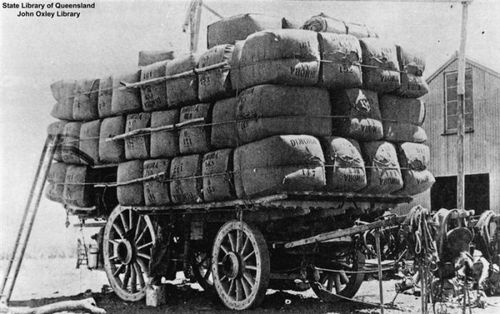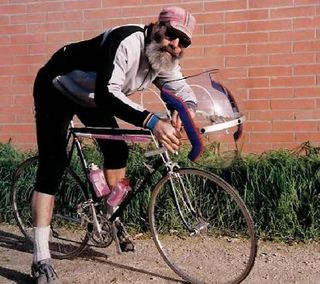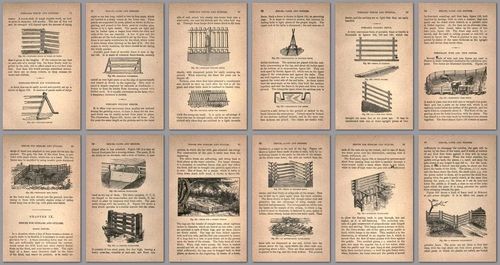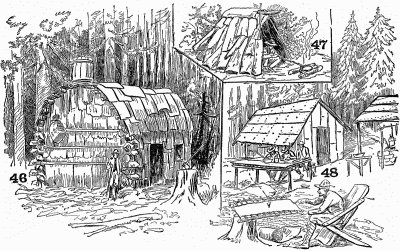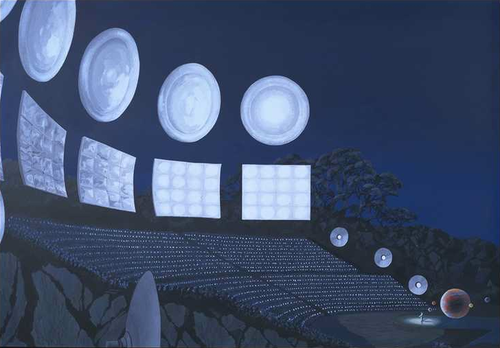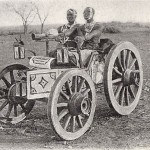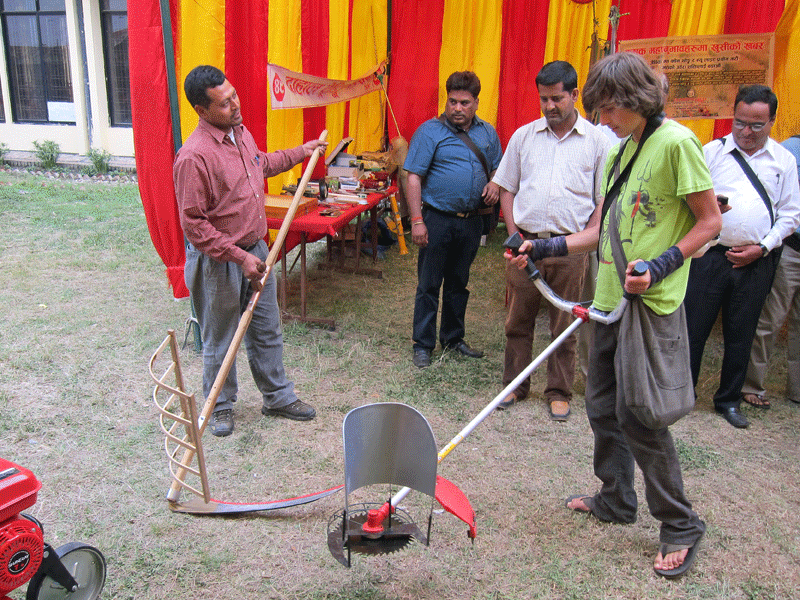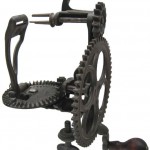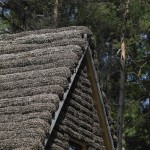“Lumber is usually dried to a specific moisture content prior to further manufacturing or use. While lumber can be air-dried, the humidity in most localities prevents the lumber from reaching the moisture content required for the stability needed for interior use. The kiln discussed is designed to be inexpensive to construct and be simple to operate.”
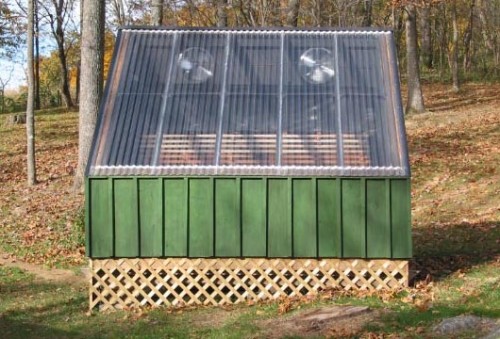 “The solar kiln described was designed, constructed, and tested at Virginia Tech. This design is based on 25 years of research and development on the solar drying of lumber in the United States and foreign countries. Drawings for two versions of this kiln are available; one for 800-1,000 bd ft and the other for 1,500-2,000 board feet of lumber. Both kilns will dry a load of lumber in approximately one month of moderately sunny weather at its location in Blacksburg, VA.”
“The solar kiln described was designed, constructed, and tested at Virginia Tech. This design is based on 25 years of research and development on the solar drying of lumber in the United States and foreign countries. Drawings for two versions of this kiln are available; one for 800-1,000 bd ft and the other for 1,500-2,000 board feet of lumber. Both kilns will dry a load of lumber in approximately one month of moderately sunny weather at its location in Blacksburg, VA.”
“Drying lumber can be a complex process where accelerating drying without having quality loss often requires extensive knowledge and experience. The design of the Virginia Tech solar kiln is such that extensive knowledge, experience and control are not required. The size of the collector keeps the kiln from over-heating and causing checking and splitting of the wood. The kiln is simple to construct and utilizes a passive solar collector, four insulated walls and an insulated floor. The roof is made of clear, greenhouse rated, corrugated polyethylene.”
